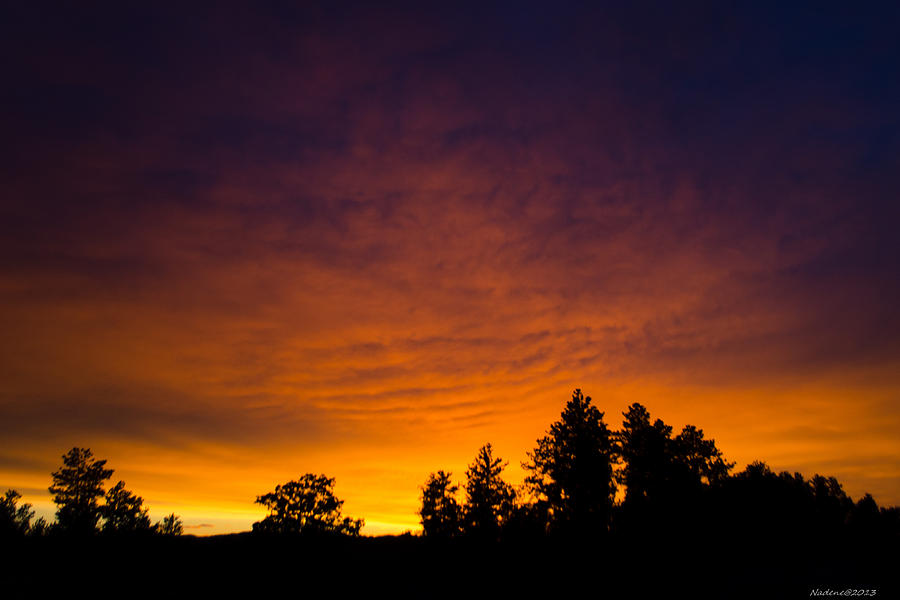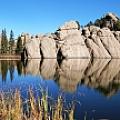
Summer Sunset

by Greni Graph
Title
Summer Sunset
Artist
Greni Graph
Medium
Photograph - Photography
Description
#201306229138-2 Sunset or sundown is the daily disappearance of the Sun below the western half of the horizon, i.e. at an azimuth greater than 180 degrees, as a result of Earth's rotation. The time of sunset is defined in astronomy as the moment when the trailing edge of the Sun's disk disappears below the horizon. The ray path of light from the setting Sun is highly distorted near the horizon because of atmospheric refraction, making the sunset appear to occur when the Sun's disk is already about one diameter below the horizon. Sunset is distinct from dusk, which is the time at which the sky becomes completely dark, which occurs when the Sun is approximately eighteen degrees below the horizon. The period between sunset and dusk is called twilight. Locations north of the Arctic Circle and south of the Antarctic Circle experience no sunset or sunrise at least one day of the year, when the polar day or the polar night persists continuously for 24 hours.Sunset creates unique atmospheric conditions such as the often intense orange and red colors of the Sun and the surrounding sky. The time of sunset varies throughout the year, and is determined by the viewer's position on Earth, specified by longitude and latitude, and elevation. Small daily changes and noticeable semi-annual changes in the timing of sunsets are driven by the axial tilt of Earth, daily rotation of the Earth, the planet's movement in its annual elliptical orbit around the Sun, and the Earth and Moon's paired revolutions around each other. During winter and spring, the days get longer and sunsets occur later every day until the day of the latest sunset, which occurs after the summer solstice. In the Northern Hemisphere, the latest sunset occurs late in June or in early July, but not on the summer solstice of June 21. This date depends on the viewer's latitude (connected with the Earth's slower movement around the aphelion around July 4). Likewise, the earliest sunset does not occur on the winter solstice, but rather about two weeks earlier, again depending on the viewer's latitude. In the Northern Hemisphere, it occurs in early December or late November (influenced by the Earth's faster movement near its perihelion, which occurs around January 3).
Uploaded
June 23rd, 2013
Statistics
Viewed 469 Times - Last Visitor from Cambridge, MA on 04/25/2024 at 4:47 PM
Embed
Share
Sales Sheet























































